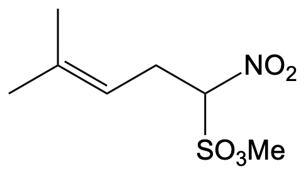Multiple Choice
Beginning from 1-pentyne, synthesize the following compound via a catalytic allylic alkylation reaction.

 Verified step by step guidance
Verified step by step guidance
 3:21m
3:21mMaster Catalytic Allylic Alkylation Concept 1 with a bite sized video explanation from Johnny
Start learning
